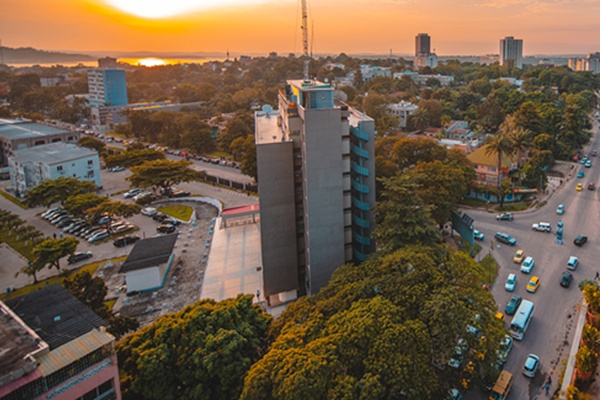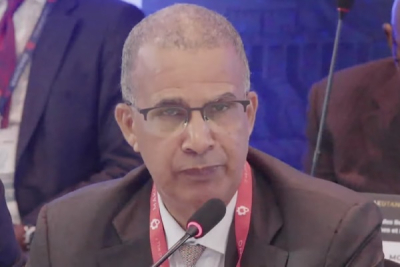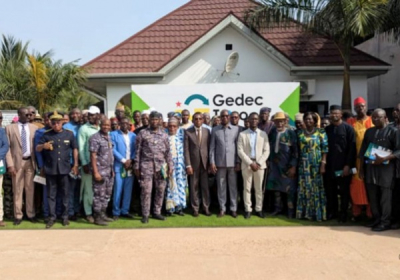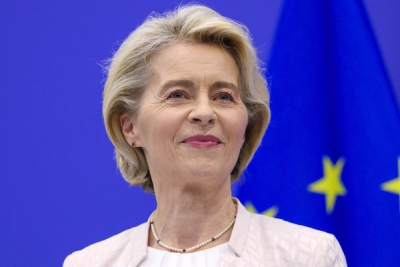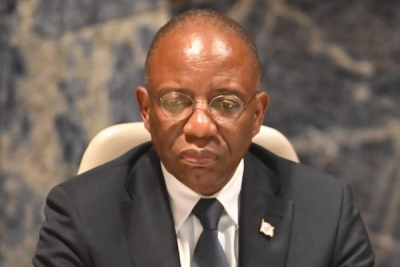The Democratic Republic of Congo (DRC) will have 111 million city dwellers by 2050, up from 43.3 million in 2020. The Organisation for Economic Co-operation and Development (OECD) made the forecast in its Report Dynamics of African Urbanization 2025. Releasd on March 6, 2025, the document was produced in partnership with the African Development Bank (AfDB), Cities Alliance, and UCLG Africa.
City dwellers could thus make up nearly 64% of the DRC’s population by 2050, against 47% in 2020, and 50% anticipated in 2025. The surge would make the DRC home to Africa’s third-largest urban population, trailing only Nigeria (250 million) and Egypt (147 million).
According to the OECD, Kinshasa, the capital, will not the only to experience the projected city rush. The report’s authors expect the DRC to host 17 major urban agglomerations by mid-century, second only to Nigeria’s 30
"The increase in the area of large urban agglomerations is expected to be particularly rapid in Central and West Africa, with most of the fastest-growing large agglomerations in the Democratic Republic of Congo and Burkina Faso," the report states.
The anticipated urban demographic explosion presents significant challenges for Congolese authorities. Access to basic public services such as water, electricity, education, and healthcare—will need to be scaled up dramatically. Infrastructure development, including roads and waste management systems, must also be prioritized to accommodate growing populations and ensure functional urban mobility.
However, the private sector could significantly profit from the dynamic, especially operators active in the housing, food, and transportation markets where city dwellers spend a lot.
This article was initially published in French by Espoir Olodo
.Edited in English by Ola Schad Akinocho






